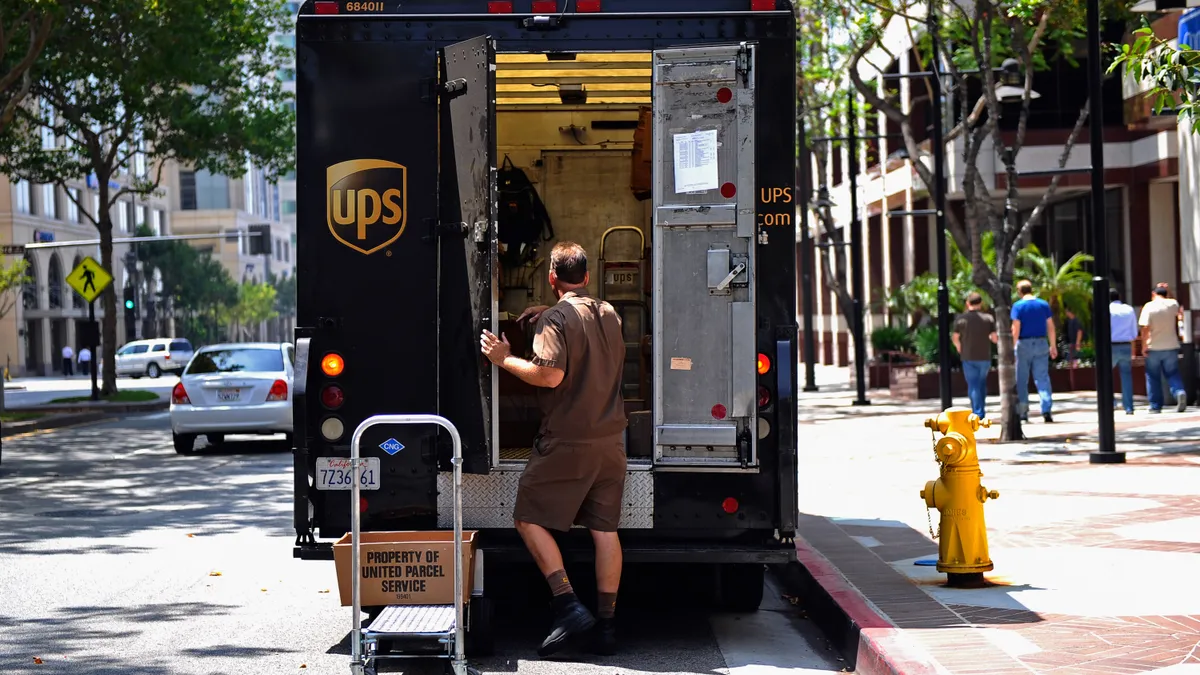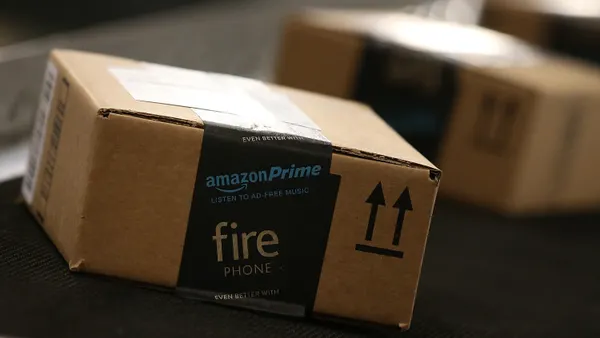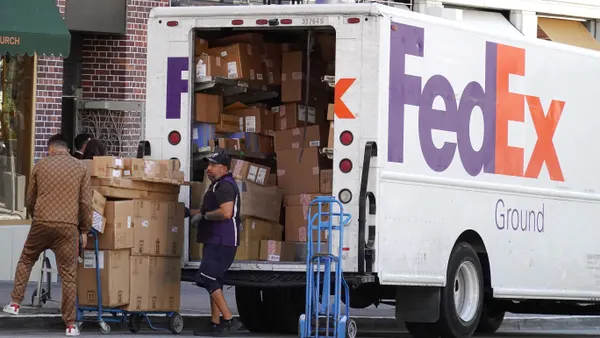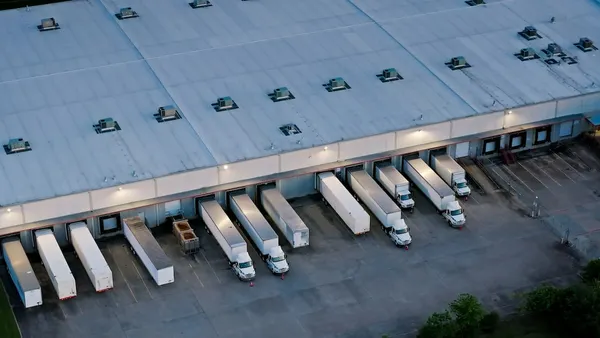Over the past three years, U.S. companies scrambled to outmaneuver supply chain shocks, from trade policy shifts to container backlogs, labor strikes and raw material scarcities. The result? A well-intentioned pivot from "just-in-time" to "just-in-case" inventory strategies that, while initially protective, left warehouses congested and capital locked in idle stock.
Now, the fallout from this overcorrection is pushing supply chain leaders toward a critical inflection point: Will they continue to expand space and carry surplus inventory or use this moment to reset, realign and rebuild with purpose?
The Inventory Bloat Hangover
For many organizations, the defensive measures of 2021–2025 have created their own set of operational headaches. In the face of pandemic-era shortages, port congestion and tariff uncertainty, firms responded by pulling orders forward and stockpiling goods across sectors—from consumer retail to industrial Maintenance, Repair and Operations (MRO).
While this mitigated short-term service disruptions, it strained storage networks and led to rising working capital tied up in aging or excess inventory. The costs are tangible: rising carrying costs, shrinking warehouse efficiency and higher obsolescence risk. We've seen companies lease emergency warehouse space or even store materials outdoors to manage the spillover. Now, many are at a crossroads—add more space or rethink what's being stored and why. Expansion may be the quick fix, but the smarter path starts with optimization.
More Space Isn't Always the Answer
The instinctive response to inventory overflow is to expand the network—lease more space, build more racks, add another warehouse or yard. But without taking stock of what's being stored and why, that solution risks baking inefficiency into the long-term design.
Now is the time to ask: What's driving the inventory buildup? Is the material mix right-sized to current demand? Can better planning or space configuration offset the need for more square footage?
In recent client engagements, we've found that 10%–20% of storage demand can often be eliminated through a combination of:
- SKU rationalization
- Demand planning discipline
- Improved classification
Before investing in new capacity, organizations should scrutinize their policies and revalidate their assumptions. It's a necessary pause before the next build.
Scientifically Segmenting Inventory for Risk-Informed Service and Strategy
Too often, companies apply uniform service levels across wildly different products, parts and materials. The result? Critical SKUs compete with low-turn, low-importance items for limited space, and replenishment logic becomes reactive instead of strategic.
A smarter approach is service-level segmentation—the practice of categorizing inventory based on its importance to operations and the risk of stockouts. By classifying materials using factors like demand volatility, emergency usage, lead time sensitivity and customer impact, organizations can unlock more deliberate, data-driven stocking decisions.
A risk-informed segmentation strategy ensures high in-stock rates for critical, high-impact SKUs, while allowing more flexible, cost-efficient treatment of slower-moving or lower-priority items. This means faster turns where it matters most—and better space and capital allocation across the board.
We've helped clients build tiered service models that align stocking strategies with the true cost of delay. In MRO environments, especially in utilities and oil & gas, this approach goes beyond basic A/B/C segmentation. It includes evaluating emergency vs. routine usage and tailoring stocking rules to match both demand profiles.
The result? A foundation for a self-sustaining, in-house inventory optimization program, with immediate gains in space efficiency and working capital.
Designing Networks with Purpose, Not Panic
Only after inventory has been optimized and service levels clarified should space decisions follow. And when they do, they look different.
To start, global vs. local material consumption patterns can be assessed. Rather than defaulting to full-scale warehouse or yard expansions, this opens opportunities to eliminate certain items, adjust stocking levels and reposition materials across the network. The shift is from reactive sprawl to purpose-built precision.
This approach transforms warehouse space from a liability into a strategic asset—one that supports service, reduces cost and enhances resilience. Even when expansion is ultimately necessary, thoughtful redesign delays major investments and ensures they're aligned to the organization's goals.
From Overreaction to Optimization
The past few years forced companies into survival mode. Supply chain disruptions, emergency buys and stopgap storage solutions were necessary, but often reactive. The overstock that once served as a safety net has since become a burden: inflating working capital, crowding warehouses and masking underlying inefficiencies. But now, that same inventory can become a catalyst for transformation.
Organizations that take this moment to pause, assess and redesign will be better positioned for the future. They'll emerge with leaner inventories, right-sized networks and a clearer connection between stocking decisions and customer value.
A proven, three-step approach guides this evolution:
- Classify – Segment inventory by emergency vs. routine demand patterns and criticality, then assign risk-informed service levels.
- Right-Size – Eliminate excess through better forecasting, statistical modeling of min/max levels and sourcing-aligned EOQ strategies.
- Redesign – Align your network footprint with current demand realities—not outdated assumptions or temporary disruptions.
This method transforms warehouse space from a liability into a strategic asset—one that supports service, reduces cost and improves resilience. Even if physical expansion is ultimately needed, this process helps delay and de-risk that investment, ensuring every square foot serves a purpose.
If your warehouses are still recovering from the last disruption, now's the time to rethink what you hold, where you hold it and why.










